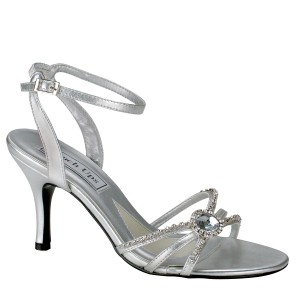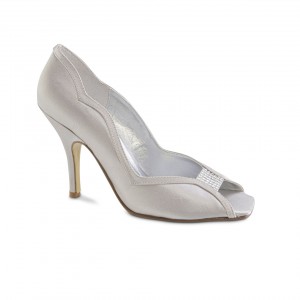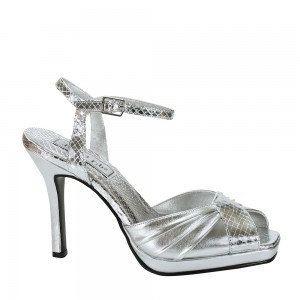The Inside Scoop:
Top 10 Reasons Women Can’t Find Shoes that Fit
The Shoe Lady has just returned from a major shoe show in New York City. These shows are all about choices and options and yet as she wandered the streets of Manhattan she was reminded how hard it was for her and other taller and not perfectly average women (of the 1950s) to find clothes that fit. She was even wondering where she could, at a reasonable cost, buy the fabric and have the styles of her choice made just a couple of inches longer in the backwaist and a couple of inches longer in the leg and, oh maybe an inch longer in the arm. Somehow in the age of individual medicine, individual media and made to order cars, it was still so hard to find anything modern and fashionable that really fits us. Nearly 20 years after the Show Lady started to help women find shows that fit she wondered why things had not progressed faster and what we could do about it for ourselves and our daughters.. Here she has more insight into why her 11.5 M feet can’t find the range of style choices she’d like. While the world awaits a solution to her clothing problems, she tackles the Shoe Question.
1. Customers do not understand the width system in shoe sizing, or even that widths other than medium are available. So they do not ask for what they don’t see. This is where the problem begins. A woman who needs a 7WW will buy a 10M. Really.
2. Shoe companies complain about the cost of producing additional “lasts” (the frame a shoe is built on) for additional sizes and widths, beyond the basic whole sizes from 5 to 10. So they save money by making fewer lasts. Six different sized lasts for 8,000 pairs compared to 85 different lasts for 8,000 pairs saves a lot of money.
3. Factories that shoe companies hire to make the shoes would much prefer to do longer production runs of fewer sizes and widths than shorter runs with more sizes and widths because there is an additional “set up” time every time they have to change a size/ width. This is distracting for the factory worker, offers opportunities for error and the price for this extra “set up” time is not routinely built into the production price. So the factories make less money than they would with fewer last changes.
4. Shoe companies are reluctant to push factories to do the extra sizes and widths because a good factory is hard to find and they don’t want to strain the relationship with good factories.
5. Shoe companies believe the more sizes and widths (or “categories”) that a shoe style is separated into, the more likely there will be unsold inventory at the end of season. Some of these categories may not sell out, leaving the shoe company with leftover shoes in odd sizes.
6. Shoe companies plan based on prior year sales, for what they will order in each size/width category based on what they sold the prior year in that size/width category. And they’ve been looking backward for years.
7. Shoe companies do not factor in the substantial change in women’s average shoe size, from size 7 in 1990 to size 9 in 2013. Since they don’t track real size trends in the population, they are at the mercy of what they think the sales might be based on prior year selling history.
8. Shoe companies do not track the sales lost because the sizes were not available. Vendor analysis show turns per style, per color, per heel height, re-orders and other data related to the style of the shoe and the retailer. But they do not track the number of shoes sold per size, the change over time in that size profile and the estimate of the sales they lost because sizes were not available.
9. “Brick and mortar” shoe store pre-season orders skew production plans for shoes. Due to space and financial constraints, brick and mortar stores have rarely been interested in carrying a wide variety of sizes and widths. Their sales are primarily based on visual cues to attract the customer, such as the styles shown in the window and on the salon shelves. Six sizes and only one width suits this business model perfectly. It is up to the customer to squeeze into the shoe or go without. So companies are not inclined to argue with factories for sizes and widths that their core brick and mortar retailers don’t want. So shoe companies are not inclined to argue with factories for sizes and widths that their core brick & mortar retailers don’t want.
10. At the end of the season, shoe companies only remember the odd sized leftover inventory, the over and under sizes (over size 10, under size 7 and extra narrows, wides and extra wides they have. They take this bad memory into the production planning for the next season, bringing an additional bias against over and under sizes, narrower and wider widths.





















